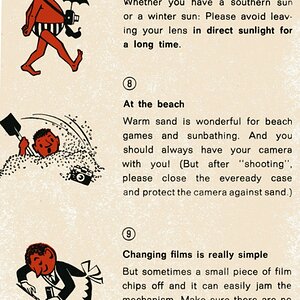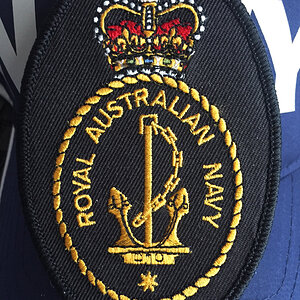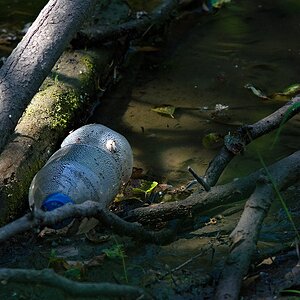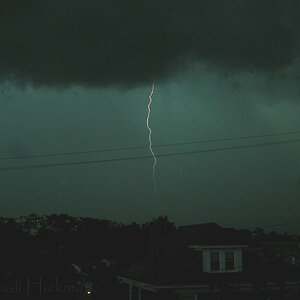lane
TPF Noob!
i always try to get an exposure thats in between and isnt over or under exposed. With a standard development time like 6.5 min, if I kept it pretty much in between are the photos I got normal result? I just feel like if I expose correctly or near correctly, and develop for a standard time and then use a enlarger for high contrast printing I should get something different. Btw, I use ILFORD MGIV RC DELUXE paper if that helps...



![[No title]](/data/xfmg/thumbnail/36/36301-27972c0474532c2ef657014362950733.jpg?1619737495)








![[No title]](/data/xfmg/thumbnail/40/40299-41bf1ccac2889096fb5f4fcffdd56721.jpg?1619739411)
